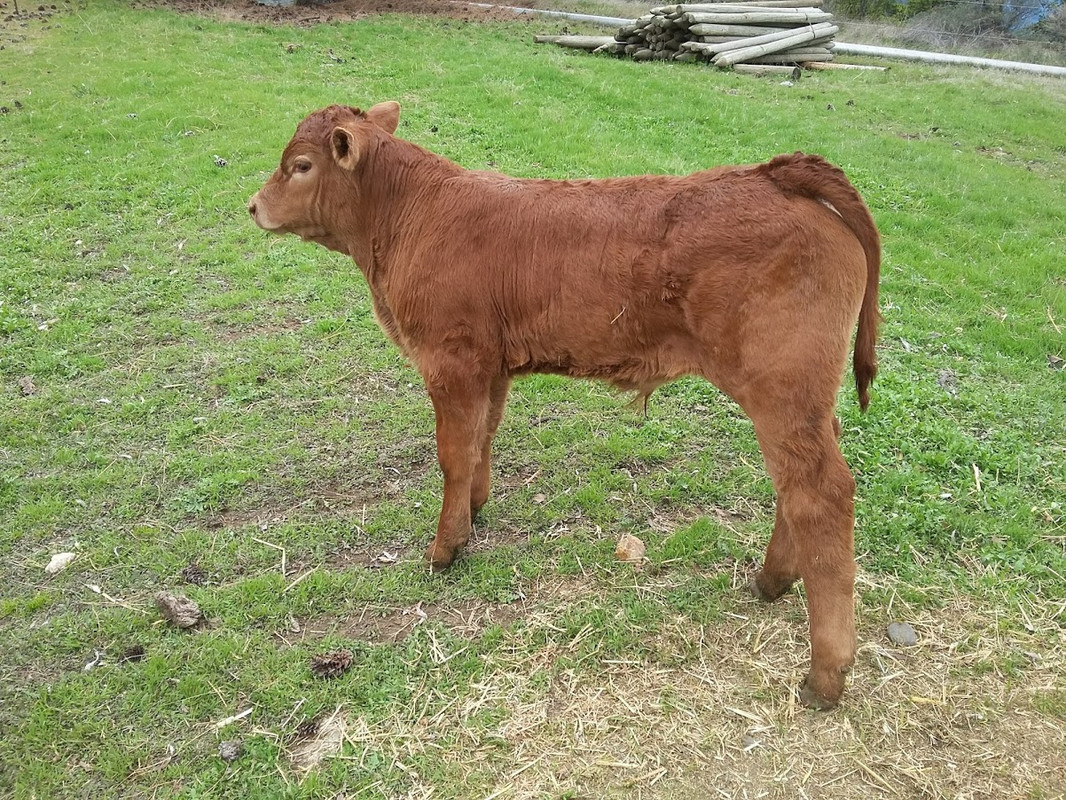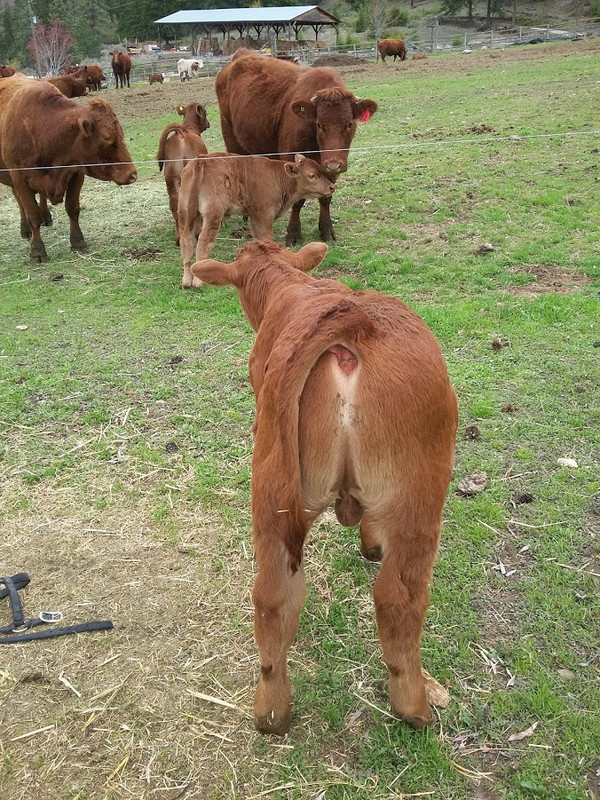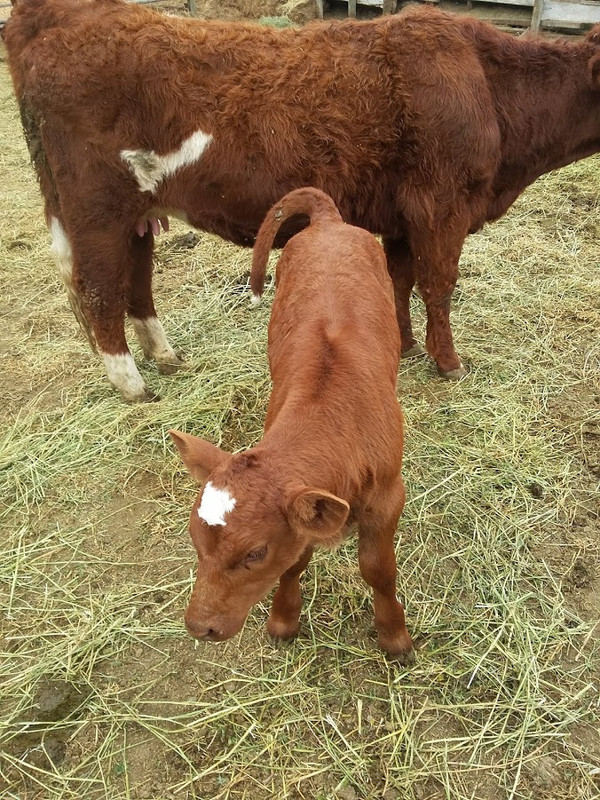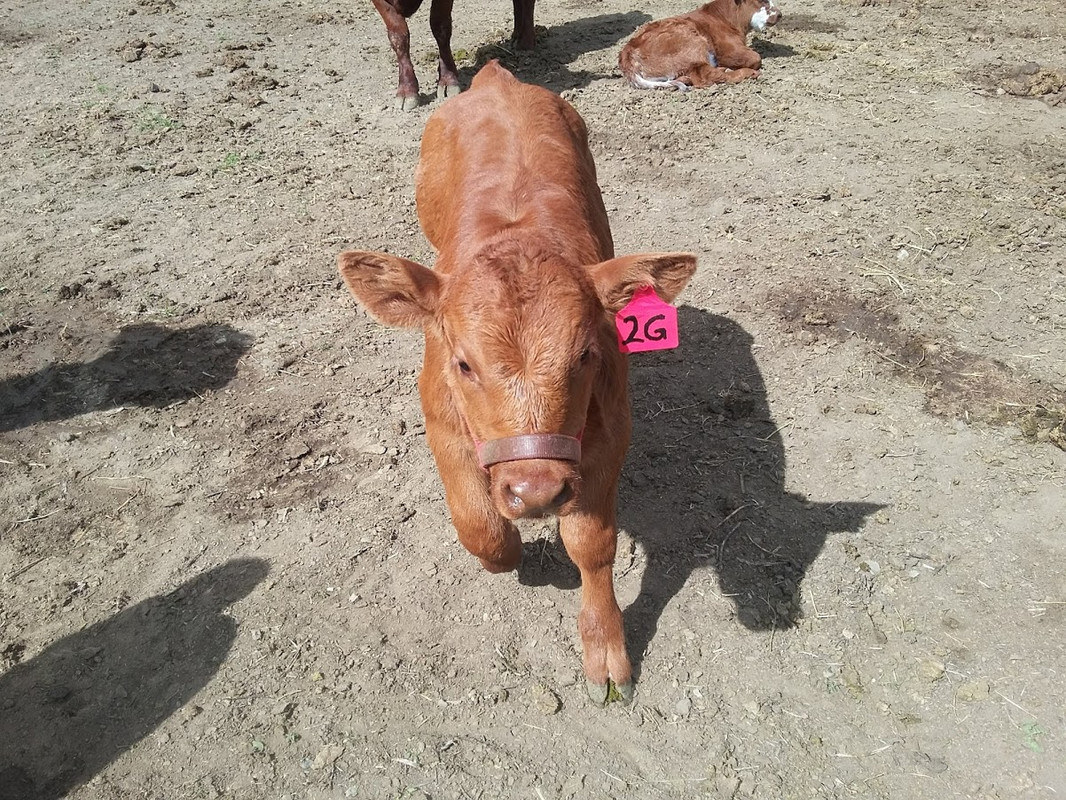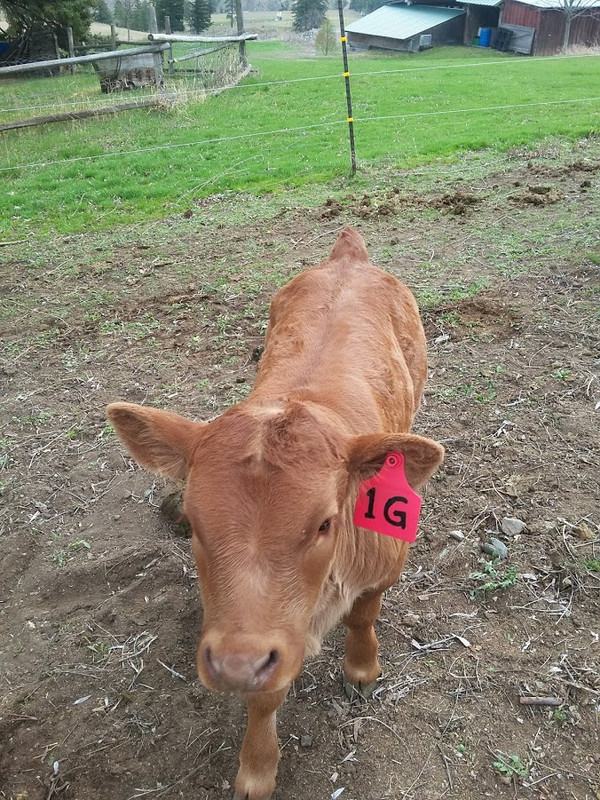CattleMan1920
Well-known member
- Joined
- Dec 11, 2018
- Messages
- 2,028
- Reaction score
- 10
I've never been overly keen on linebreeding, but there is a combo that I want to put together
Let me ask this question. I called Angus and they told me that I should keep the coefficient below 10% if possible.
I have two combinations I can go with.
First cousins which results in a 7.81% coefficient.
Second combo is of 1/2 siblings. That results in a 13.67 coefficient. This is the combo that I really want to try.
Neither combo has been executed, and most likely will not be executed, but I would like to hear the responses of those on the board that know their linebreeding cold, and can offer serious advice.
Let me ask this question. I called Angus and they told me that I should keep the coefficient below 10% if possible.
I have two combinations I can go with.
First cousins which results in a 7.81% coefficient.
Second combo is of 1/2 siblings. That results in a 13.67 coefficient. This is the combo that I really want to try.
Neither combo has been executed, and most likely will not be executed, but I would like to hear the responses of those on the board that know their linebreeding cold, and can offer serious advice.

